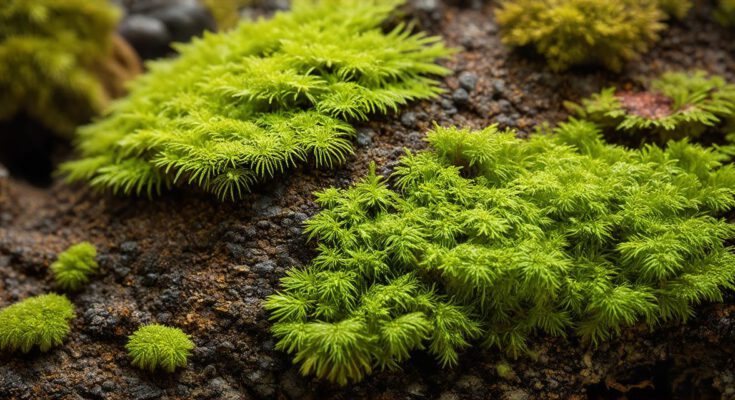Introduction
Cryptogams are a diverse group of non-vascular plants that lack specialized tissues for the transport of water and nutrients from the roots to the rest of the plant body. They include mosses, liverworts, hornworts, and some fungi.
Differences Between Cryptogams and Plants
Reproduction
One of the most significant differences between cryptogams and plants is their reproductive strategies. While both groups reproduce sexually, some cryptogams also reproduce asexually through spores. This asexual reproduction allows cryptogams to quickly spread over new areas and adapt to changing environmental conditions.
Morphology
Cryptogams are generally smaller than plants and have simpler morphology. They lack specialized tissues such as xylem, which is responsible for the transport of water in vascular plants. Instead, they have a more flexible structure that allows them to adapt to different environmental conditions.
Adaptation
Cryptogams are adapted to live in environments with limited resources, such as rocky areas or moist soils. They have evolved a variety of adaptations that allow them to survive in these conditions, such as specialized leaves for photosynthesis and spore production.
Biodiversity
Cryptogams are some of the most biodiverse organisms on Earth, with estimates suggesting that there are over 100,000 species of cryptogams. They play a critical role in maintaining biodiversity by providing habitat for other organisms and contributing to soil health and nutrient cycling.
Case Studies and Personal Experiences
One example of the importance of cryptogams in maintaining biodiversity is the role they play in soil health and nutrient cycling. Cryptogams are able to break down dead plant material and other organic matter, releasing nutrients back into the soil for use by other organisms. This process is critical for maintaining soil fertility and supporting the growth of other plants.
Another example is the role of cryptogams in providing habitat for other organisms. Many cryptogams have specialized adaptations that allow them to live in extreme environments, such as rocky areas or moist soils. These habitats provide critical resources and shelter for other organisms, including insects, birds, and small mammals.
FAQs
What are the main differences between cryptogams and plants?
Cryptogams are a diverse group of non-vascular plants that lack specialized tissues for the transport of water and nutrients from the roots to the rest of the plant body. They include mosses, liverworts, hornworts, and some fungi. In contrast, plants are vascular organisms with specialized tissues that allow them to transport water and nutrients from their roots to other parts of the plant.
How do cryptogams differ from plants in terms of reproduction?
While both groups reproduce sexually, some cryptogams also reproduce asexually through spores. This asexual reproduction allows cryptogams to quickly spread over new areas and adapt to changing environmental conditions. On the other hand, plants reproduce sexually through the production of flowers and seeds, which require pollination by animals or wind.
What are some of the adaptations that cryptogams have evolved to live in extreme environments?
Cryptogams have evolved a variety of adaptations to live in extreme environments, such as specialized leaves for photosynthesis and spore production.



